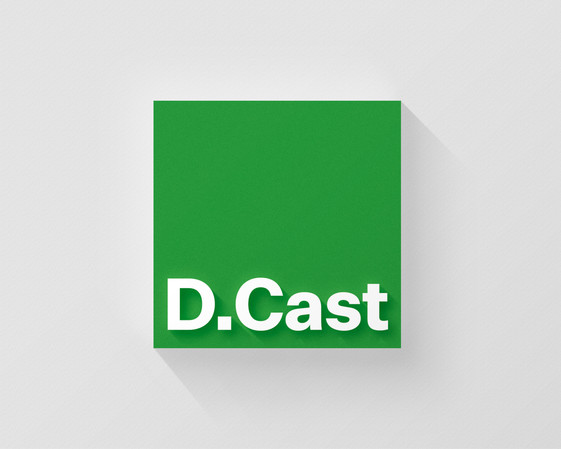In this D.cast, Duncan Shand PDINZ and Noel Blackwell PDINZ discuss championing the power of good design to create massive impact.
DINZ Interview
Value of Design - Duncan Shand & Noel Blackwell


Duncan Shand PDINZ & Noel Blackwell PDINZ
The pair united as co-convenors at the 2020 Best Awards to lead the charge in the Value of Design award debates. Both Duncan and Noel have extensive histories in design. Duncan is the co-founder and managing director at YoungShand while Noel works as the strategy director at LIKEMINDS.
In their conversation, Noel and Duncan talk about how design drives value through identity, culture, product and experience.
Design is impactful, changing the way we think, work, play and live. This exchange is future focused, examining the endurance of good design. The team look into navigating clients, the risks involved with creating new solutions, and some minor gushing over winners of the Best Design Awards.
How does design drive value?
Across so many things it does/we do;
- Identity
- Culture
- Product
- Experience
How do we grow business?
What is the impact of the work we do?
Design can help make a step change in sales and profits, culture and behaviour change, or opening up completely new businesses, products and markets.
Why so broad?
Fundamentally it’s about the future, designing what’s next, what could be. Imagining, visioning, rehearsing and building a whole new thing, an improvement, a new future. Which is why it’s such an important creator of value.
How can we get clients to understand this?
Often they just see design as the end of the process or at worst ‘the colouring in department’ Sell in / curate a vision at the beginning of the process, work with them.
Get them to tell you what the ideal outcome of the process would be - is it new sales, more loyal customers, new markets - what would it look like if we did this. Design makes things visible, tangible, help them imagine this future together.
How would the business be different? How would we help peoples lives? What would the revenue or profit impact be? The cultural impact?
If we understand the size of the impact then that should help sell in a more robust and bold design led process. Once it is imagined and envisioned – then go about designing the build together.
What are the risks?
Not connecting with clients, someone else has the same solution or the client / culture is not ready / able to drive the solution. Execution hit or miss.
Design at is best is enduring, it should be an investment designed to last for a long time. It needs customer research, competitor exploration, exploration, iteration and permission to play with options.
Finally – sorry, soapbox moment - we need to think about the responsibility of design, of a designed outcome to make things better. It’s about a purpose or intent to be better and a commitment to use design broadly to get better.
Holistic improvement is better, else it’s just one way – profiting – at the expense of someone or some thing and that kind of thinking is fundamentally challenged in this day and age.
The rise of the circular economy and 3 horizon thinking. These are all critical factors in the futures we should be imagining – the organisations who use design well, the people we help, the voices we elevate and support.